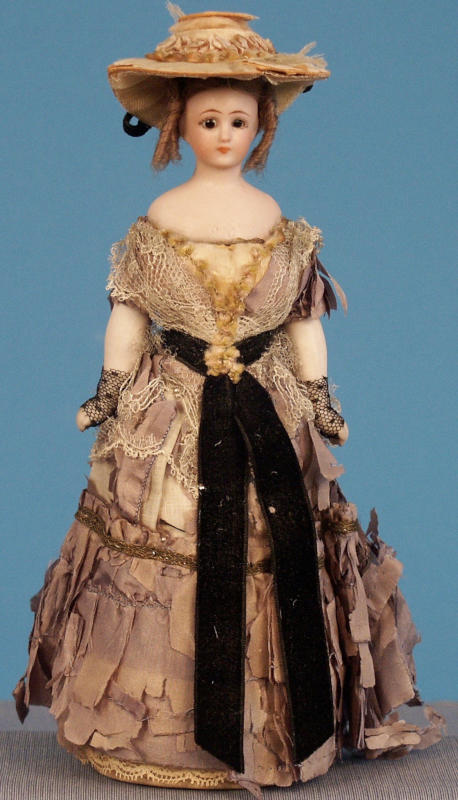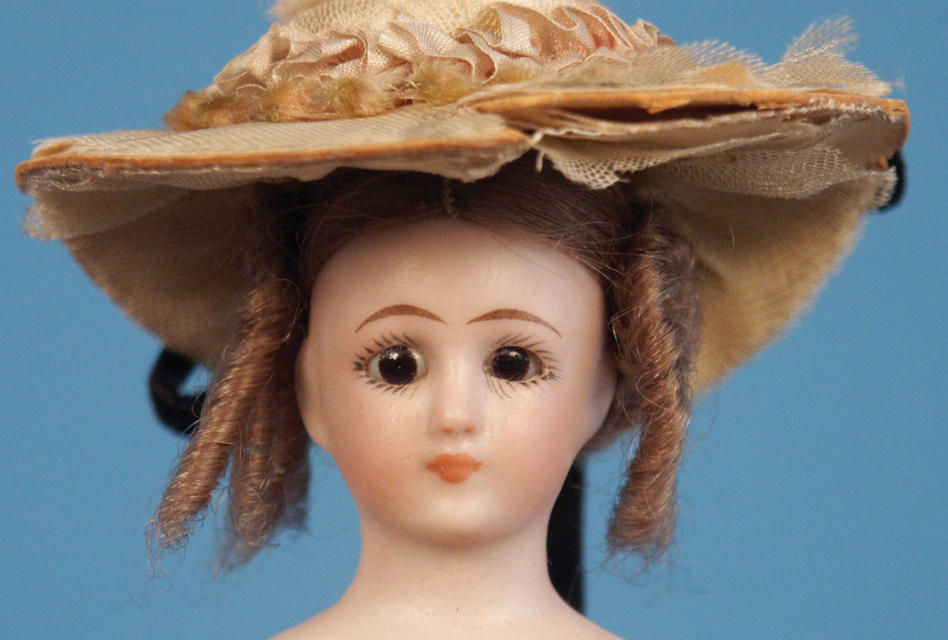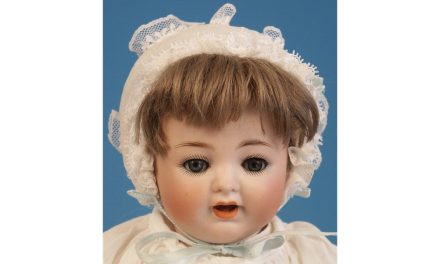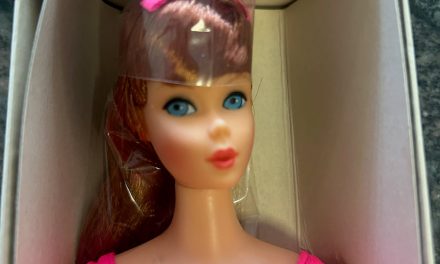By Jan Foulke
Q: I am just getting interested in antique dolls. I found this little one in an antique store, but the seller didn’t know anything about it. It is just about 6 inches tall. It is marked S&H 1160 on the back of the shoulder plate. Can you tell me if this is an antique doll or a reproduction? Do you know how old it is? And the maker?

Have a website login already? Log in and start reading now.
Never created a website login before? Find your Customer Number (it’s on your mailing label) and register here.
JOIN HERE
Still have questions? Contact us here.







